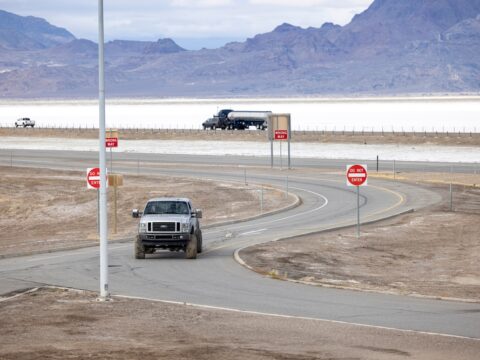Warships have played an important role in shaping history, from epic naval battles to groundbreaking technological advancements. In this article, we dive into 20 astonishing facts about historic warships that reveal their incredible stories and secrets. Get ready to explore the fascinating details that make these vessels legendary.
Contents
HMS Victory
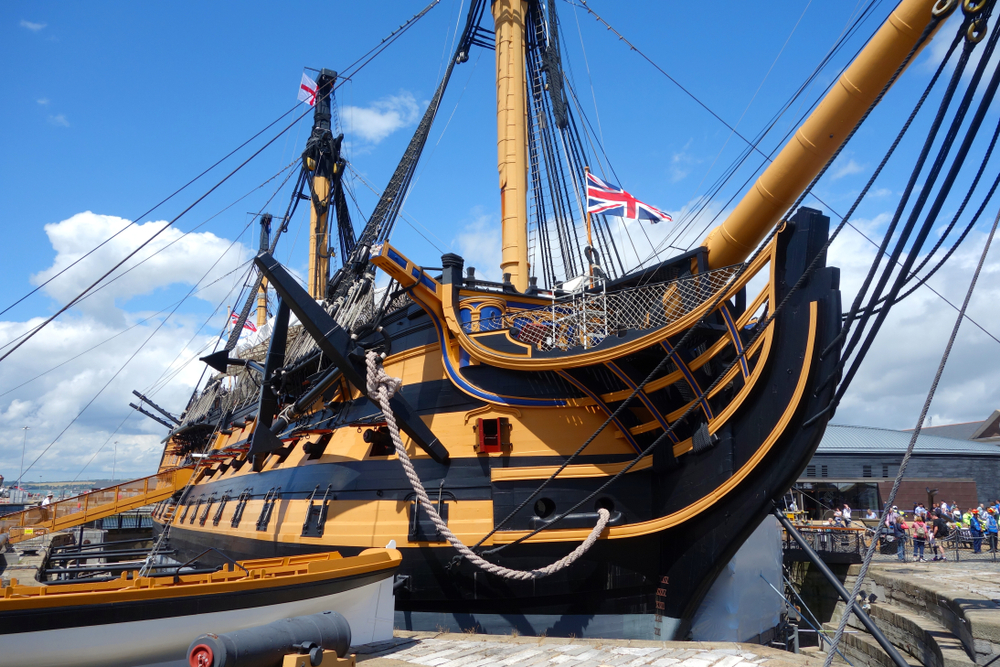
Serving as Admiral Nelson’s flagship at the Battle of Trafalgar in 1805, HMS Victory is the oldest commissioned warship in the world. This 104-gun first-rate ship of the line exemplifies the height of naval architecture of the period and played a crucial role in one of the most significant naval battles in history, cementing British naval supremacy.
USS Constitution
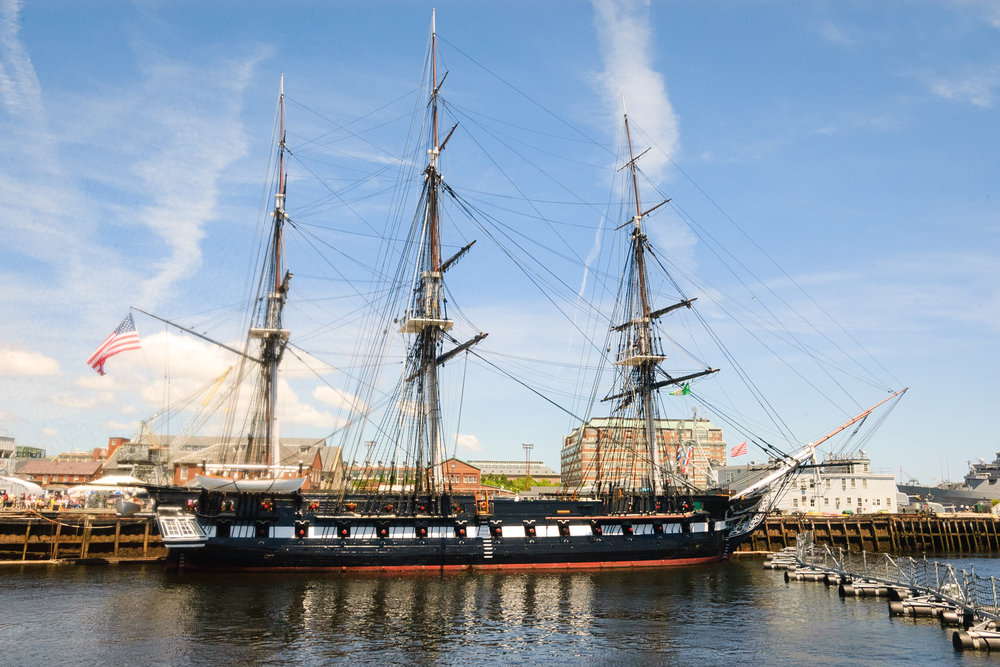
Known as “Old Ironsides,” the USS Constitution earned its nickname during the War of 1812 when British cannonballs were reported to bounce off its sturdy oak hull. Launched in 1797, this frigate is the oldest commissioned warship afloat and symbolizes the early naval strength of the United States.
Bismarck

The German battleship Bismarck, one of the largest ever built by Germany, was a technological marvel of its time. It gained fame for its size, power, and the dramatic naval chase it inspired in 1941, which ended with its sinking by the Royal Navy, marking a pivotal moment in World War II naval history.
Yamato
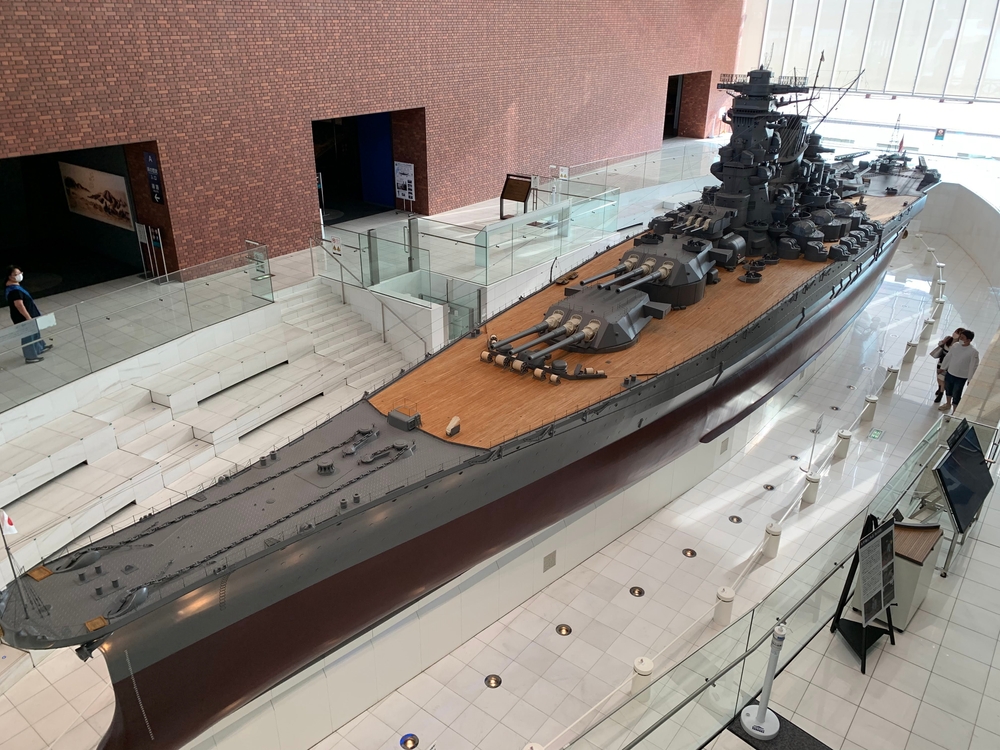
The Japanese battleship Yamato was the heaviest and most powerfully armed battleship ever constructed, with massive 18.1-inch main guns. Launched in 1940, it symbolized the peak of battleship design but also the obsolescence of such ships in the face of air power, as demonstrated by its sinking in 1945.
HMS Dreadnought
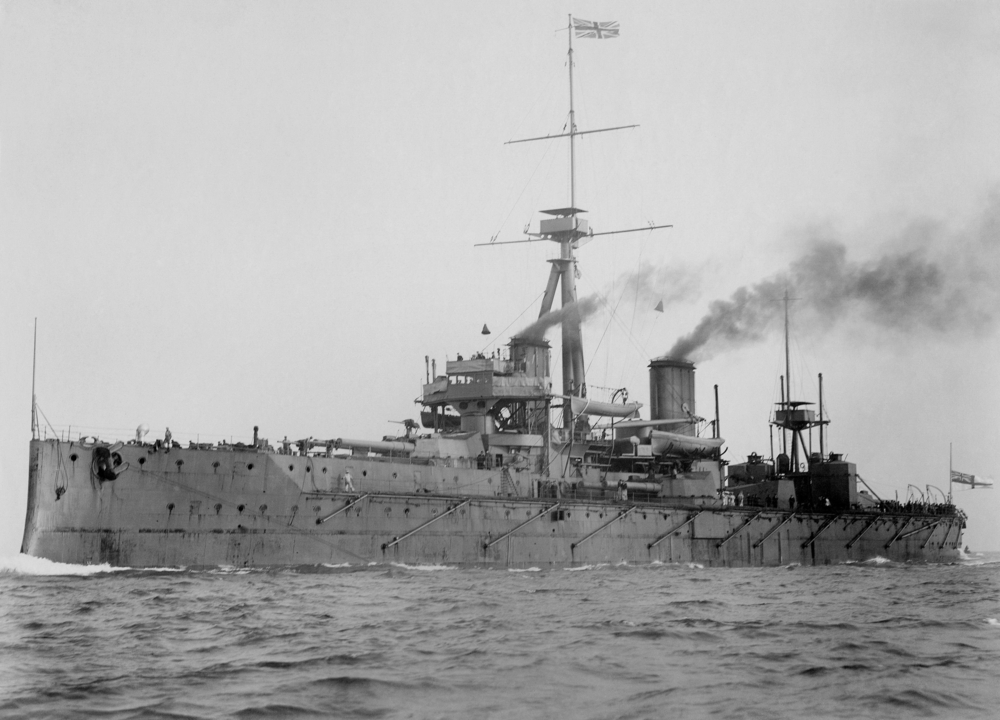
Launched in 1906, HMS Dreadnought revolutionized naval warfare with its “all-big-gun” armament and steam turbine propulsion. This innovation rendered all previous battleships obsolete and sparked a naval arms race among the world’s great powers.
USS Arizona
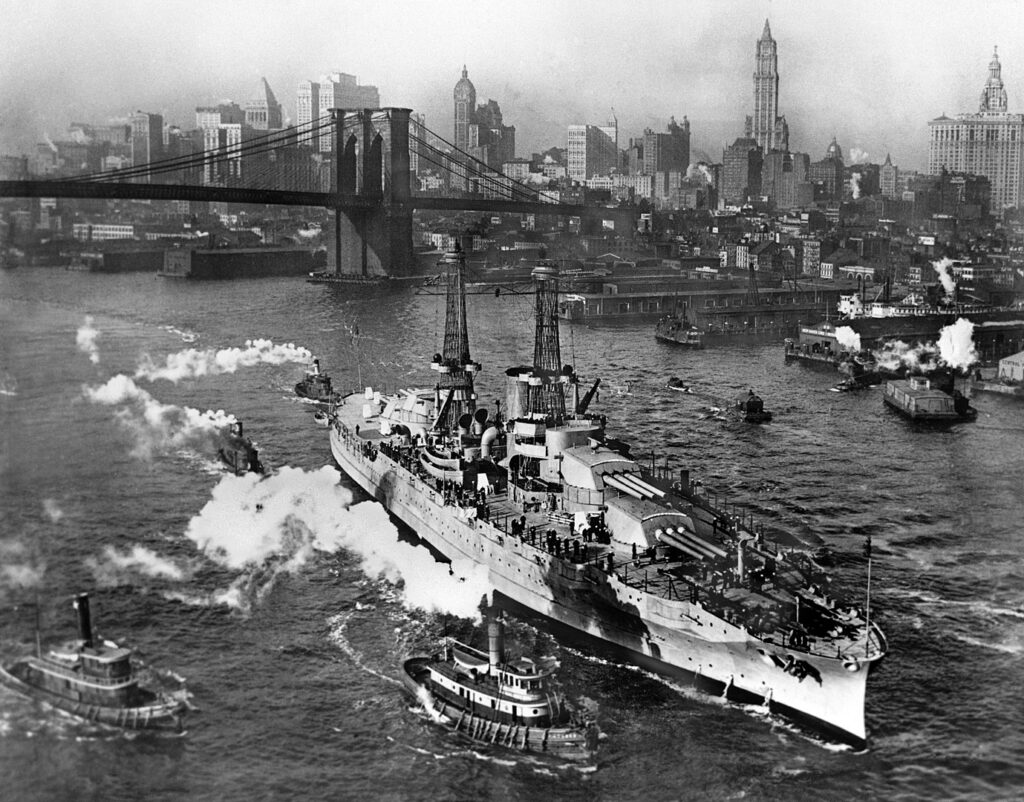
Sunk during the attack on Pearl Harbor on December 7, 1941, the USS Arizona remains a poignant underwater memorial. The explosion and fire caused by a bomb detonation in a forward ammunition magazine resulted in the loss of 1,177 crew members, representing a significant loss of life and a rallying point for American involvement in World War II.
HMS Hood
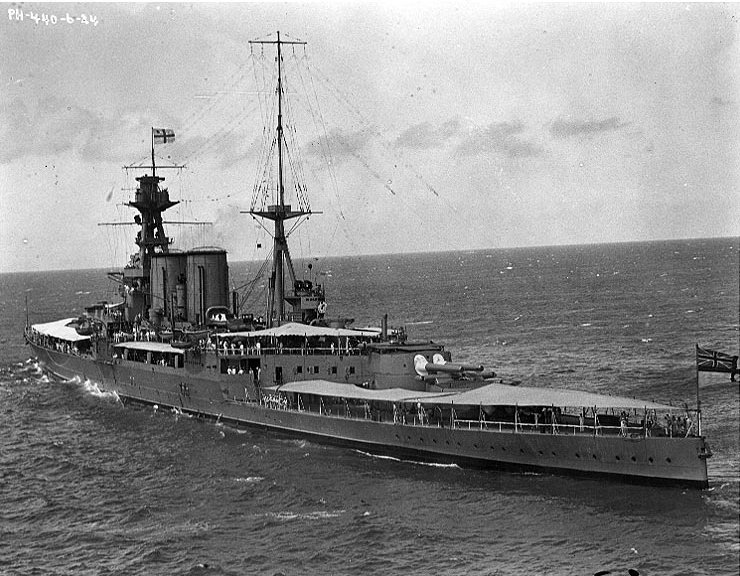
As the pride of the Royal Navy, the battlecruiser HMS Hood was the largest warship in the world when launched in 1920. Its sinking by the Bismarck in 1941, which resulted in the loss of 1,415 lives, led to one of the most intensive naval hunts in history and a significant blow to British naval prestige.
USS Missouri
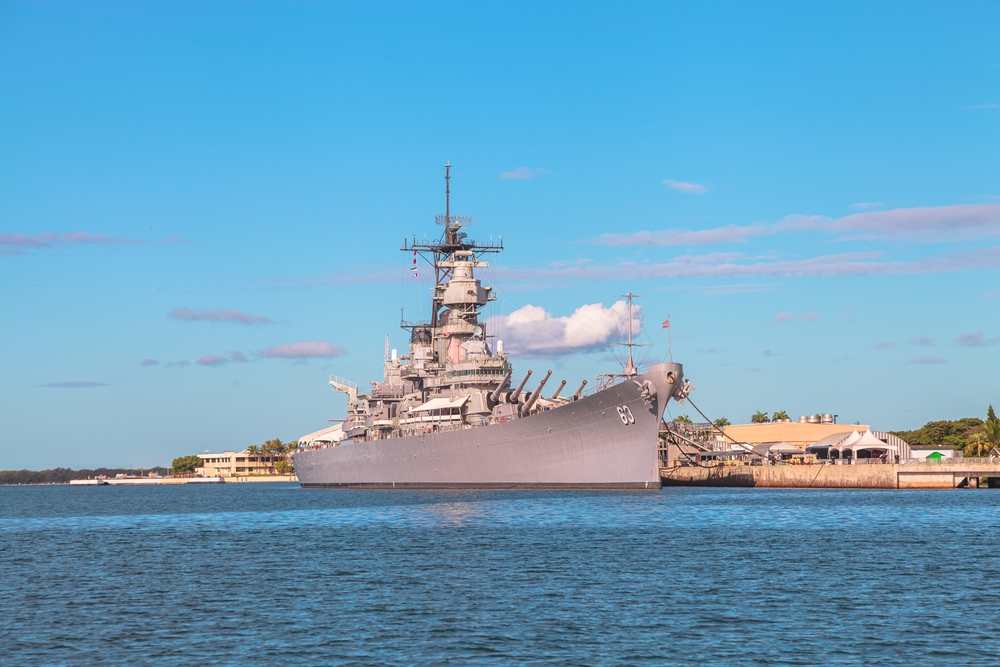
Known as the “Mighty Mo,” the USS Missouri was the site of Japan’s formal surrender on September 2, 1945, marking the end of World War II. This Iowa-class battleship served in World War II, the Korean War, and was even active during the Gulf War, symbolizing enduring American naval power.
CSS Hunley
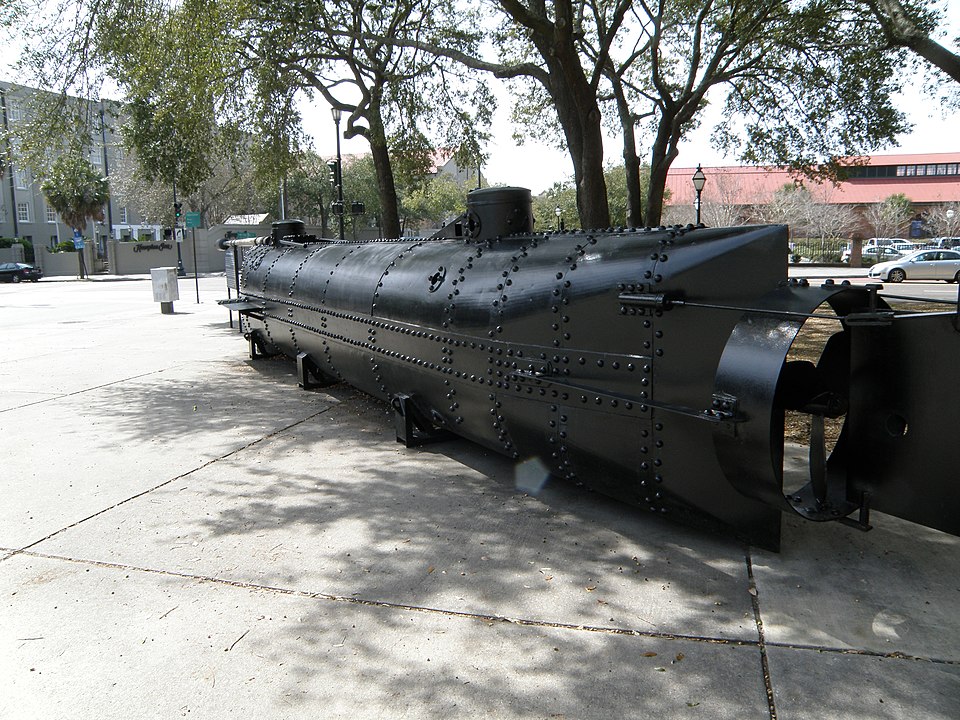
The Confederate submarine CSS Hunley made history in 1864 by becoming the first combat submarine to sink an enemy warship, the USS Housatonic. Despite its success, the Hunley itself was lost shortly after the attack, highlighting the dangers and experimental nature of early submarine warfare.
Vasa
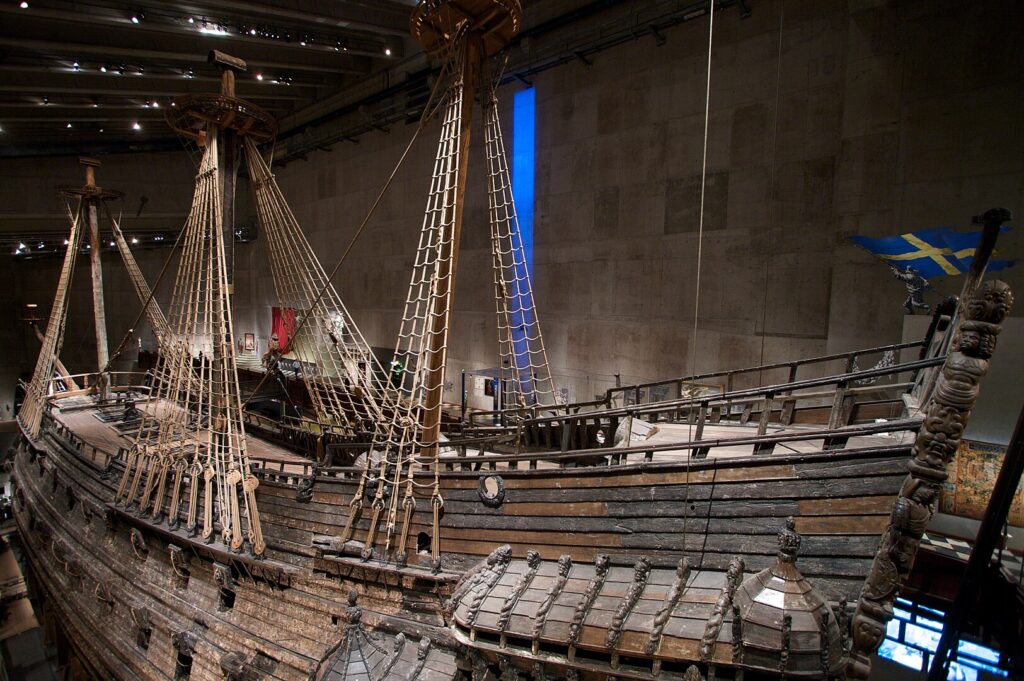
The Swedish warship Vasa sank on its maiden voyage in 1628 due to design flaws and overloading. Salvaged in 1961, the almost perfectly preserved vessel provides a remarkable glimpse into 17th-century shipbuilding and naval life, making it a unique historical artifact.
HMS Warrior
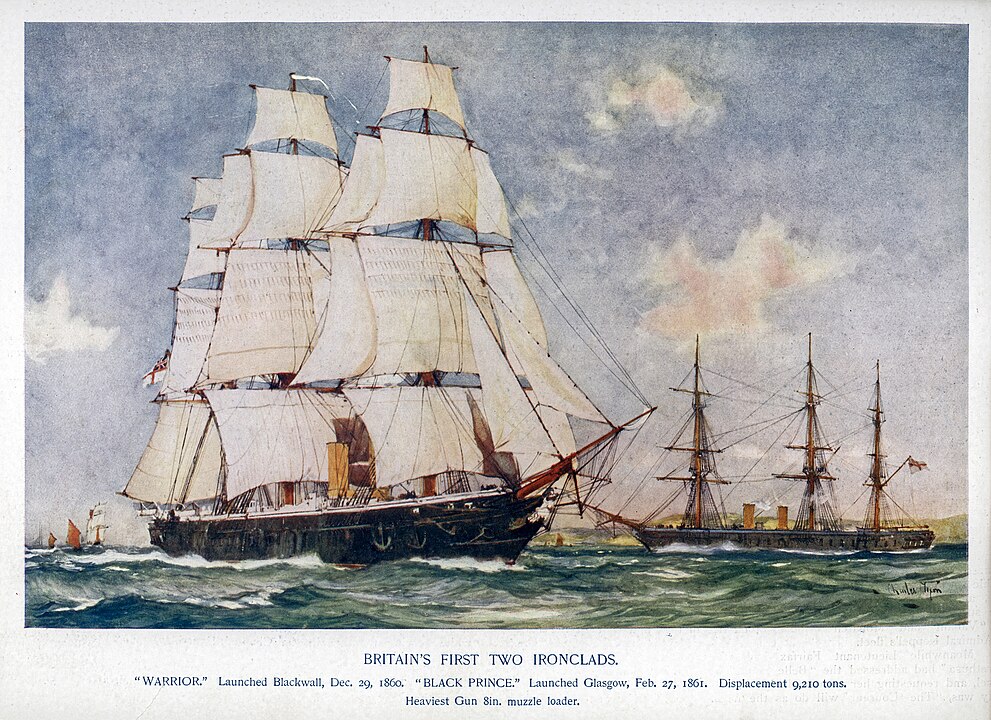
Launched in 1860, HMS Warrior was the first iron-hulled, armor-plated warship, representing a significant technological leap. As the largest, fastest, and most powerful ship of her time, she symbolized the transition from wooden sailing ships to iron steam-powered vessels.
USS Monitor
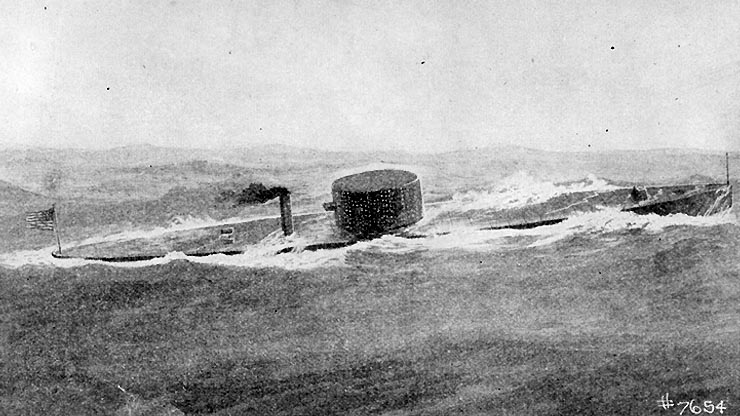
The USS Monitor, famous for its battle with the CSS Virginia in 1862, introduced the revolutionary revolving turret to naval warfare. This ironclad warship marked a turning point in naval design, moving away from traditional broadside cannon arrangements.
HMS Beagle
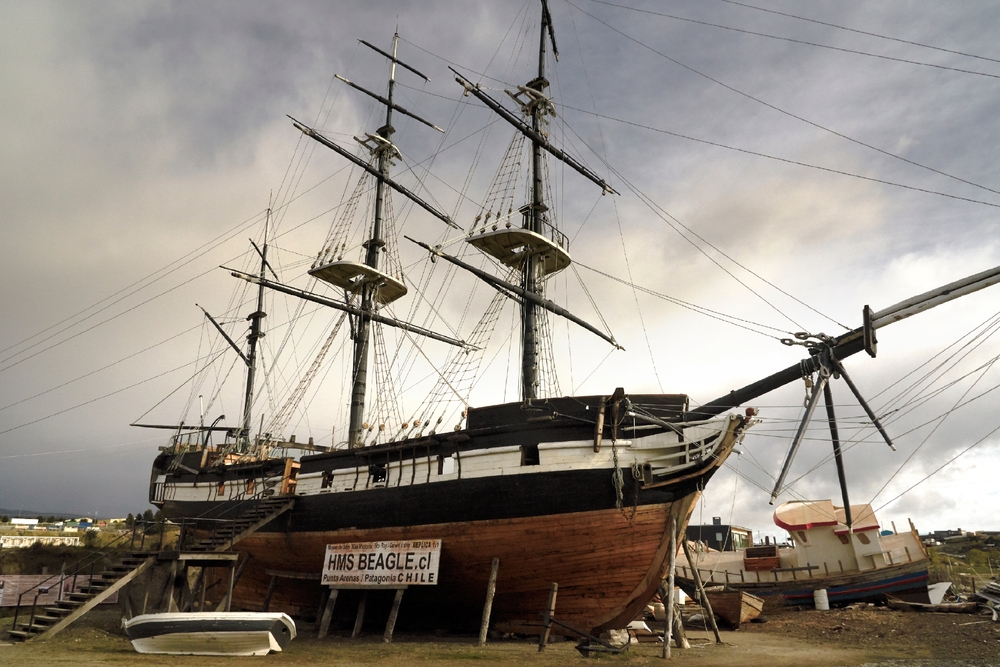
While widely known for carrying Charles Darwin on his voyage of discovery, HMS Beagle was also a Royal Navy warship. Its missions included surveying the coasts of South America and Australia, contributing significantly to naval science and exploration.
K-129
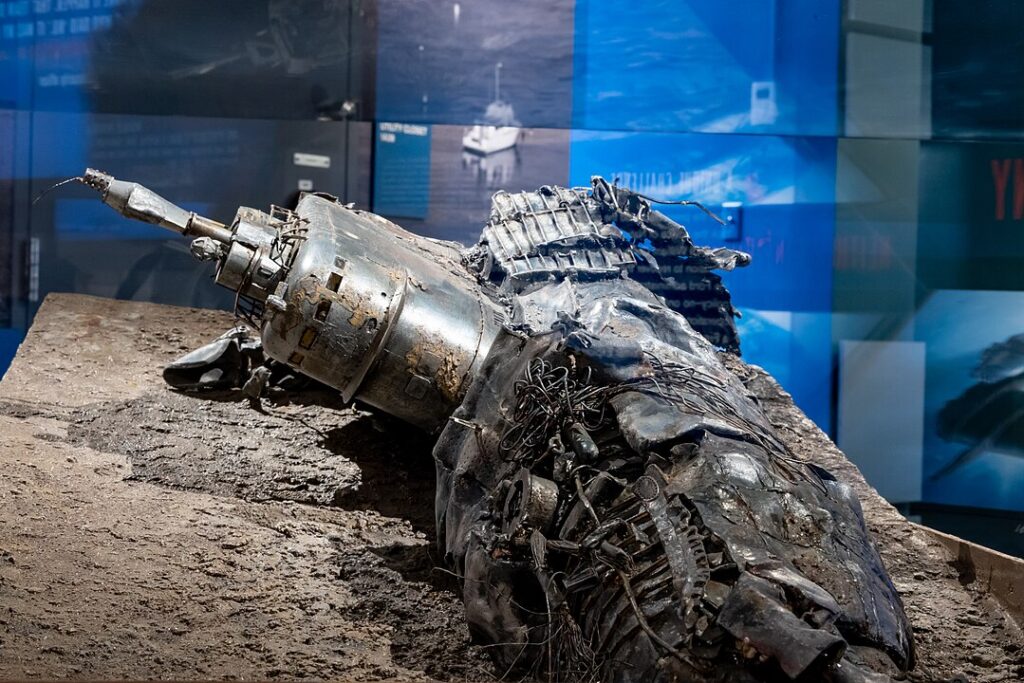
The Soviet submarine K-129 sank under mysterious circumstances in 1968. Partially recovered by the CIA in a secretive mission called Project Azorian, it represents Cold War espionage and the lengths superpowers went to recover and analyze each other’s technology.
USS Indianapolis
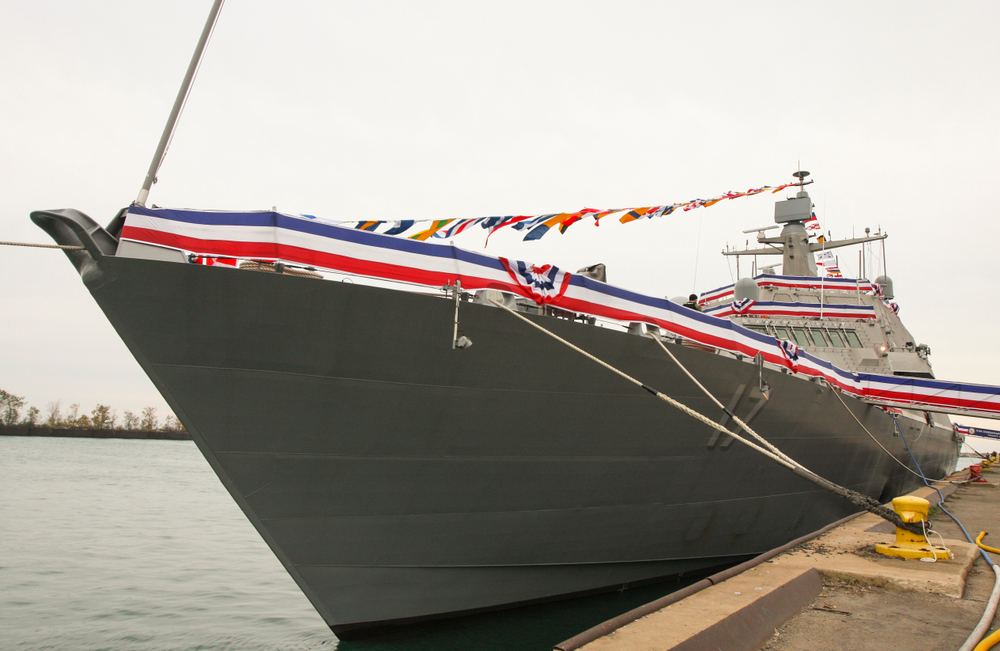
The USS Indianapolis delivered parts of the first atomic bomb used in combat but was later sunk by a Japanese submarine in 1945. The ship’s sinking led to one of the most harrowing survival stories in naval history, with only 316 of the 1,195 crew surviving after days in shark-infested waters.
HMAS Sydney
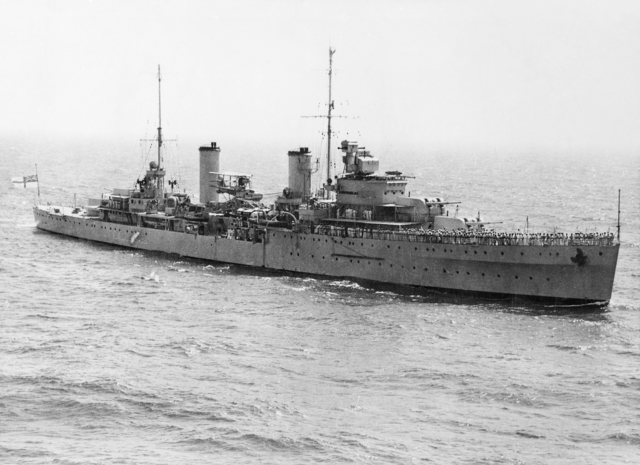
The Australian warship HMAS Sydney was lost with all hands after a battle with the German auxiliary cruiser Kormoran in 1941. This engagement remains one of the most significant naval mysteries and losses in Australian maritime history.
HMS Endeavour

Captain James Cook’s HMS Endeavour played a significant role in the exploration of the Pacific. Its voyages led to the first European contact with the eastern coastline of Australia and the mapping of New Zealand, making substantial contributions to navigation and geography.
USS Nautilus

The world’s first operational nuclear-powered submarine, USS Nautilus, made the first journey under the North Pole in 1958. This feat demonstrated the potential of nuclear propulsion in naval operations, marking a new era in submarine capabilities.
Battleship Potemkin
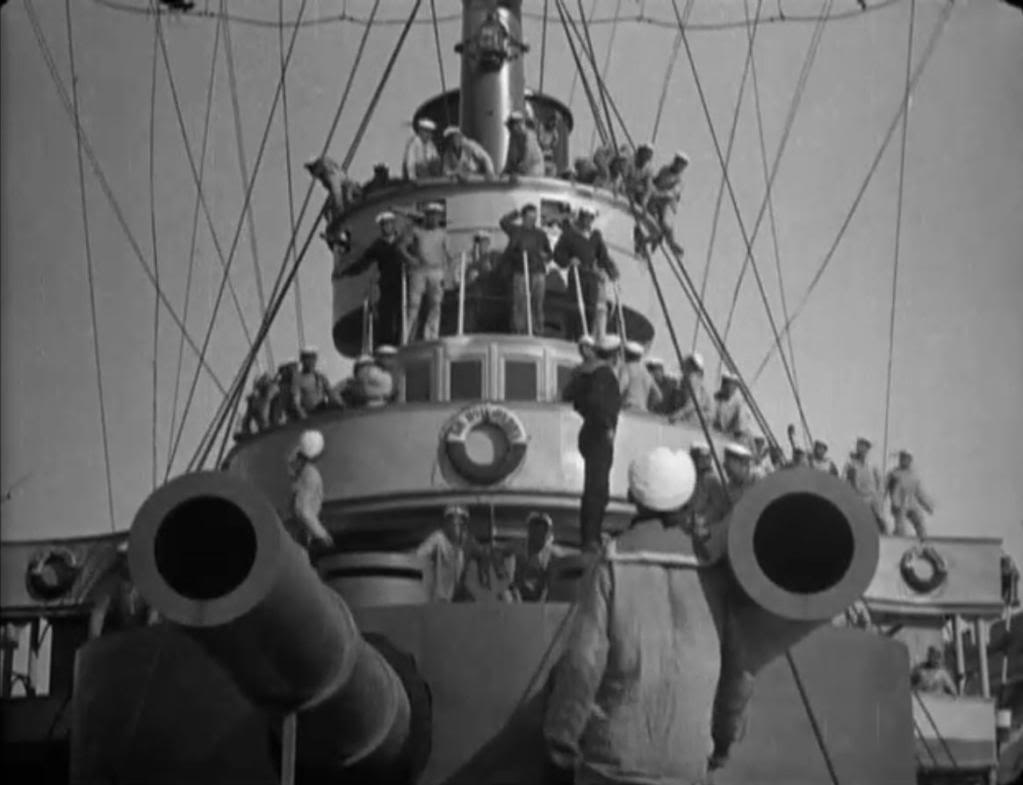
The Battleship Potemkin was the site of a famous mutiny in 1905, where the crew rebelled against their oppressive officers. This event, later immortalized in Sergei Eisenstein’s iconic film “Battleship Potemkin,” became a symbol of revolutionary spirit and struggle.
USS Enterprise (CV-6)
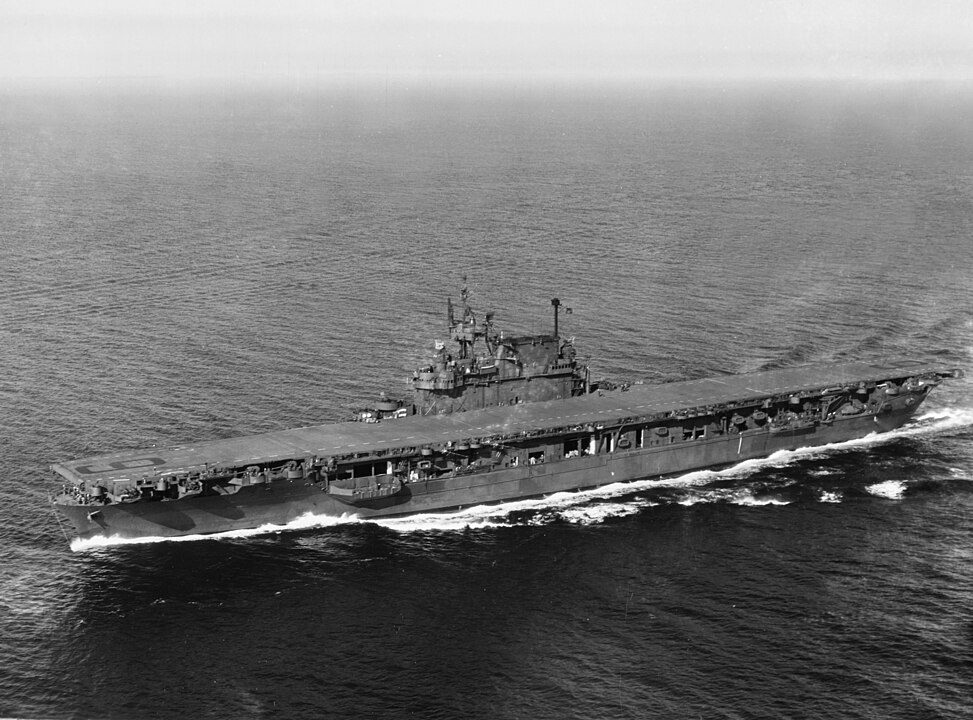
One of the most decorated US warships in World War II, the USS Enterprise participated in many significant battles in the Pacific Theater. Its contributions were pivotal in turning the tide of the war, earning it a prominent place in naval history.
This article originally appeared in MyCarMakesNoise.
More from MyCarMakesNoise
20 Rare Classic Motorcycles You’ll Never Encounter
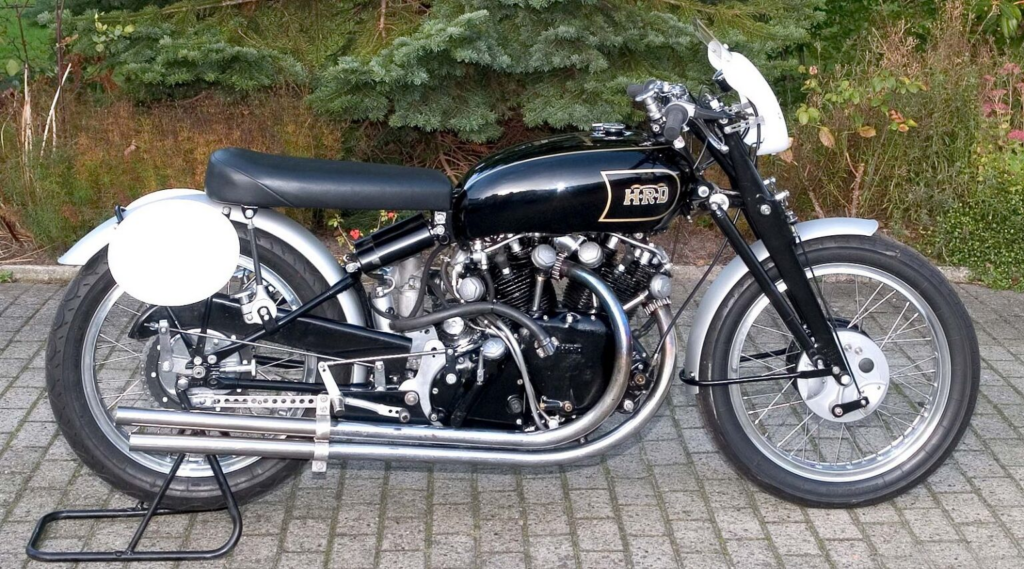
Some rare classic motorcycles are so elusive that encountering them in person is nearly impossible. These bikes often had limited production runs, making them incredibly scarce. Read More
20 Mistakes That Reduce Fuel Efficiency in Cars

Several common mistakes can significantly reduce your car’s fuel efficiency. Driving aggressively with rapid acceleration and hard braking consumes more fuel. Read More
20 High-Performance European Sedans That Outshine Sports Cars

Think sports cars are the only vehicles capable of delivering jaw-dropping speed and performance? Think again. European automakers have been crafting sedans that not only offer luxury and comfort but also pack a serious punch under the hood. Read More



